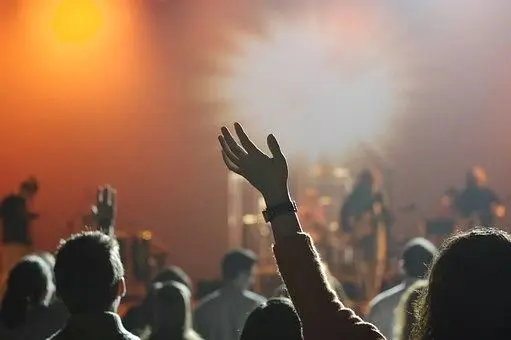
Noise-induced Hearing Loss and the Need for Public Education
Warnings at the highest level
The World Health Organization (WHO) has warned that over 1 billion teens and young adults are at serious risk for noise-induced hearing loss (NIHL). Is what has been written and talked about for some time becoming a sad reality?
Most of the efforts to protect hearing from sound injuries are made in the industry – the places where jobs come with loud environments. For society as a whole, not so much has happened in terms of education and prevention. However, it does not matter where the sound insults come from—industry, environmental or recreational—the damage will be the same.
Lack of awareness
So, if noise-induced hearing loss is growing into a worldwide issue, why does this public health concern go seemingly unchecked?
Truthfully, public education on noise-induced hearing loss is non-existent or slow at best. These silent and invisible injuries fail to draw serious public health attention. And so, people are all too often unaware of the sneaky threat to their hearing and quality of life.
I am always taken back when I am thanked profusely for taking the time to talk to groups about the risks and consequences of loud sound exposures. Hopefully, most of them follow up on their decision to spread the message to their families and communities.
And so, I will continue to take the “Noise-induced Hearing Loss Prevention” show on the road. The public needs to know that NIHL is preventable and why and how to make hearing-wise choices.
A sample of comments, myths and persistent misunderstandings that I come across in my travels might provide some insight why it is imperative for people to learn about NIHL:
- Invisible and silent, the fact that damage from noise-inflicted injuries is permanent and cumulative is not taken seriously
- The belief that hearing aids “fix” hearing loss puts people into a “why-worry?” mood as they continue to ignore the dangers of their loud sound addiction.
- Although it ages ears prematurely, noise is socially sanctioned as being cool, fun and even youthful. This is particularly an issue with younger people who take their hearing for granted and deny any threat to themselves.
- The dangerous, toxic myth that ears become used to or resistant to excessive sound levels fails to die.
- Parents do not talk to their children about the issue because they do not know that much about it themselves. They may admit that the kids are never without their ear buds but do not perceive it as a problem.
- As there are few, if any, regulations on noise limits outside of the industrial world, Government is often blamed for not stepping in with sound regulations. This argument is almost like an excuse for not assuming any personal responsibility.
- Businesses such as gyms, cinemas, restaurants/bars and even places of worship do not feel any responsibility when pumping out ear-damaging sound doses—because the public does not object, as I am often told! Worse yet: owners frequently report that clients like or want the noise! Time to speak up?
And so, when is a good time to become smart on noise-induced hearing loss? That time is now, and there is not a second to waste.
****
For industry Safety Training on Noise-induced Hearing Loss Prevention or for community presentations, please see my website or email monique.hearing@gmail.com
To learn about ears and hearing, please see my book on hearing loss: What Did You Say? An Unexpected Journey into the World of Hearing Loss, now in its second updated edition. Sharing my story and what I had to learn the hard way.